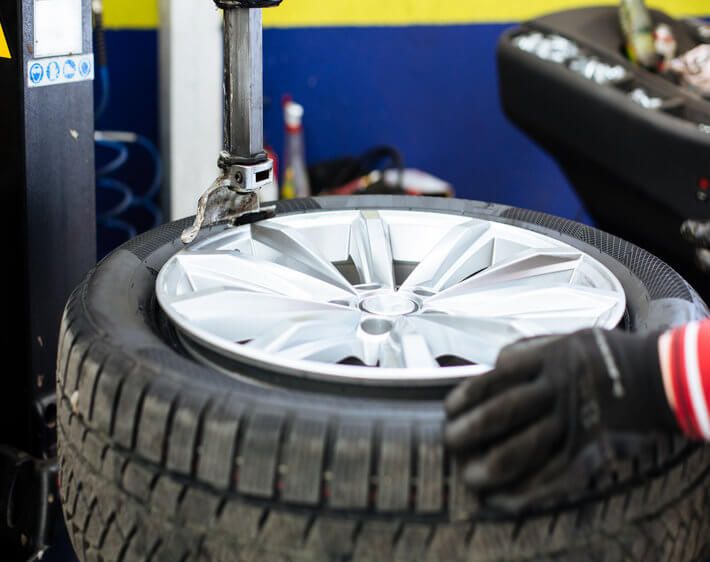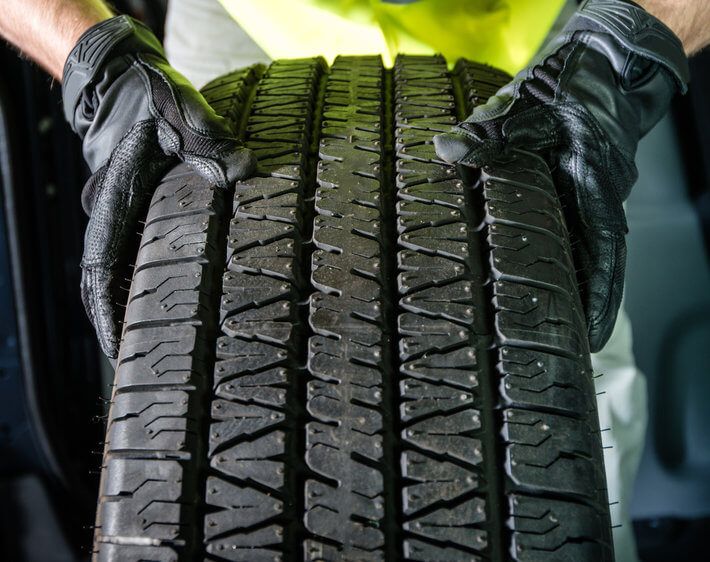Tires face tough road conditions almost daily. Rain, snow, dirt, heat, road debris—the list goes on. Make sure they don't face the same hazards when you store them between seasons since these conditions could shorten their life! Keep your investment in tip-top shape by learning how to store tires in four straightforward steps:
Pro-Tip: Think twice before you assume you don't need winter tires. Winter tires boost a car's ability to handle cold weather—not just ice and snow. Placing winter tires on your vehicle is almost like getting an upgraded ride. That holds true even if you don’t live in a snowy climate. That’s because the rubber used for winter tires is formulated to deliver optimum performance in cold, dry weather, as well.
Here at Firestone Complete Auto Care we believe that when you change your tires, you change your car. Shop new tires online to see how affordable a winter set can be and stop by your nearest Firestone Complete Auto Care for a quick tire inspection, installation, or pressure check. When it comes to tires, we do it all.



